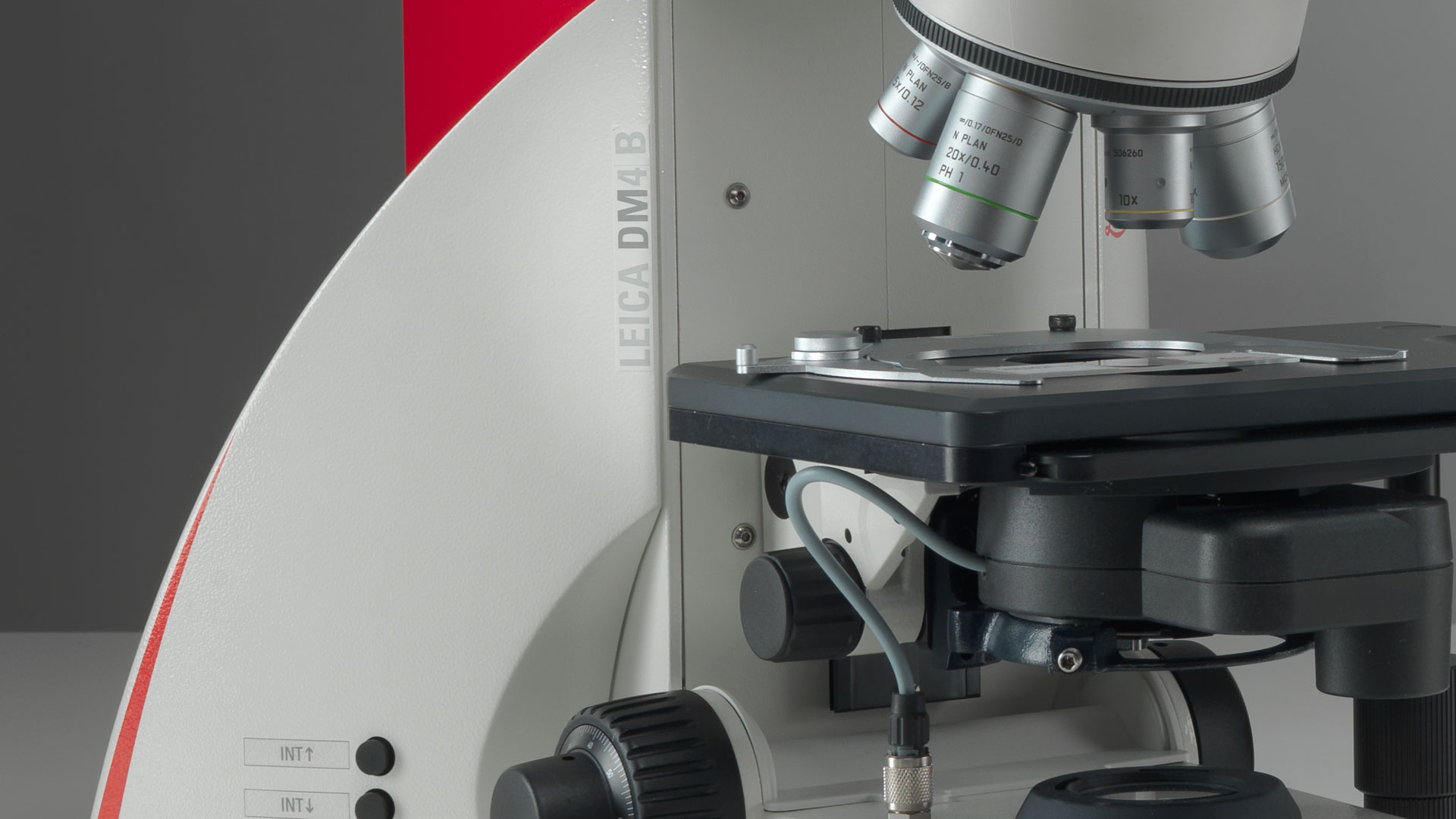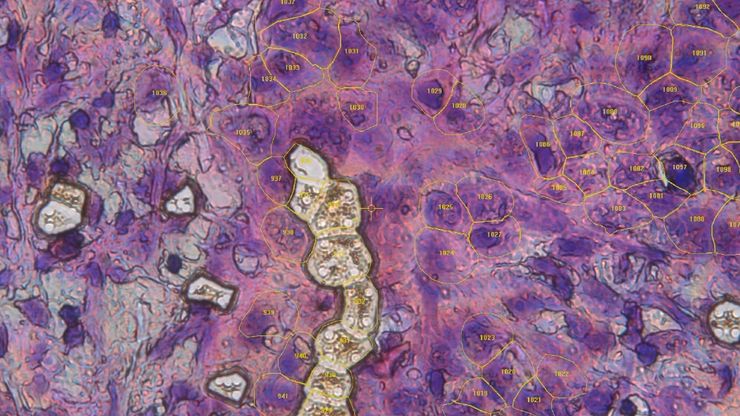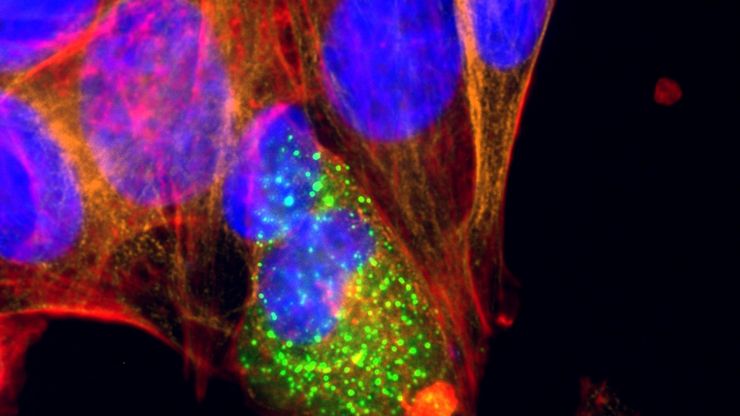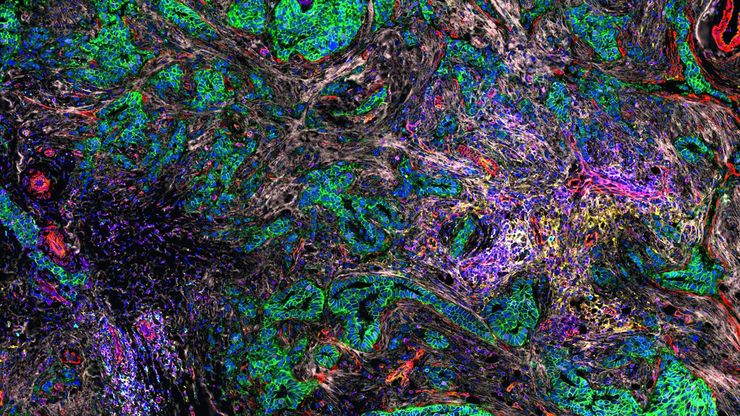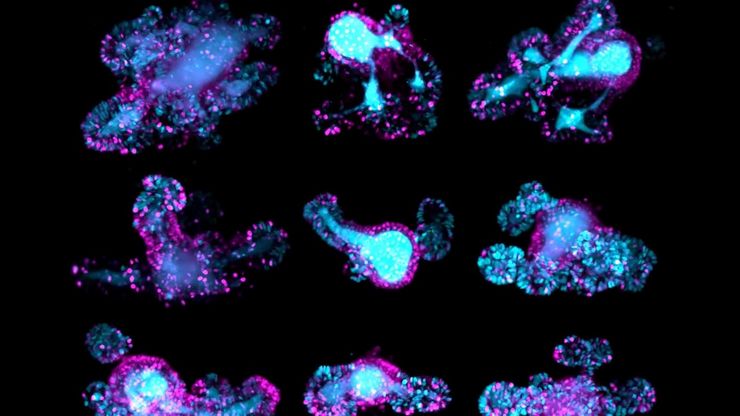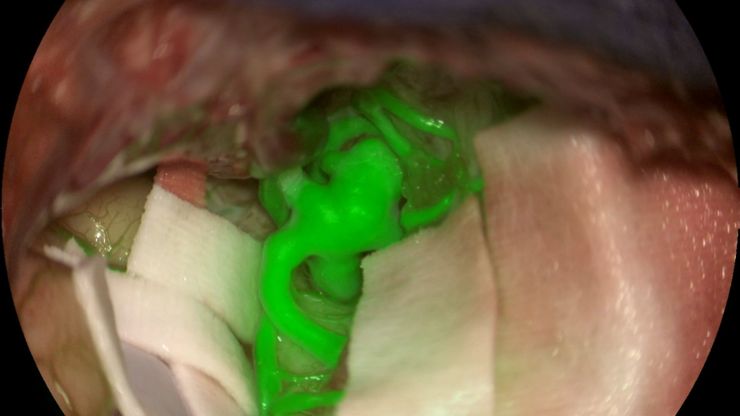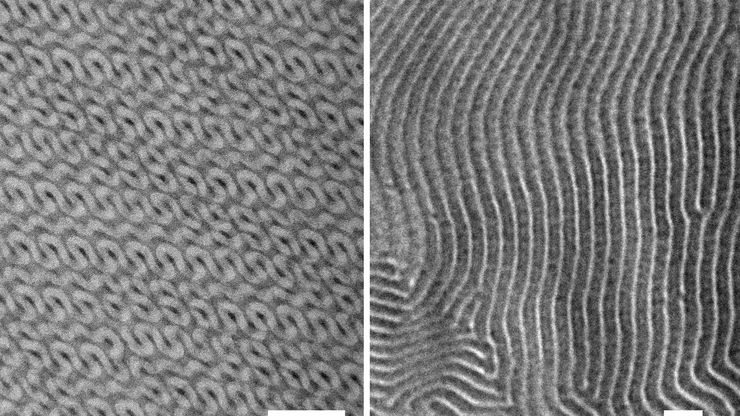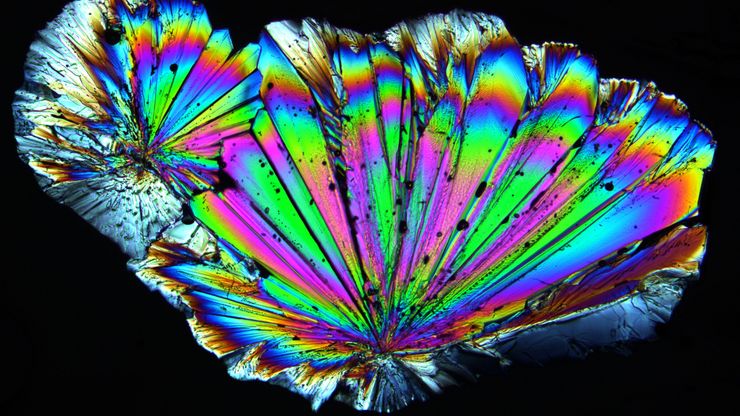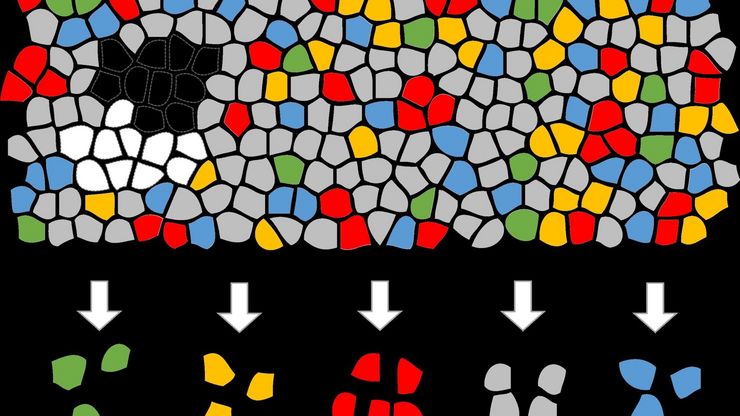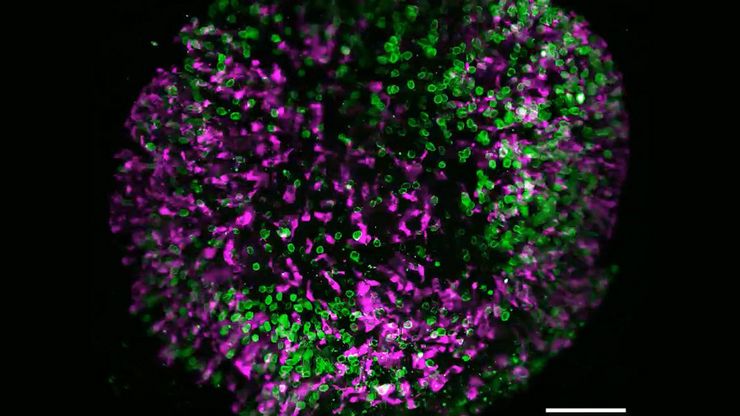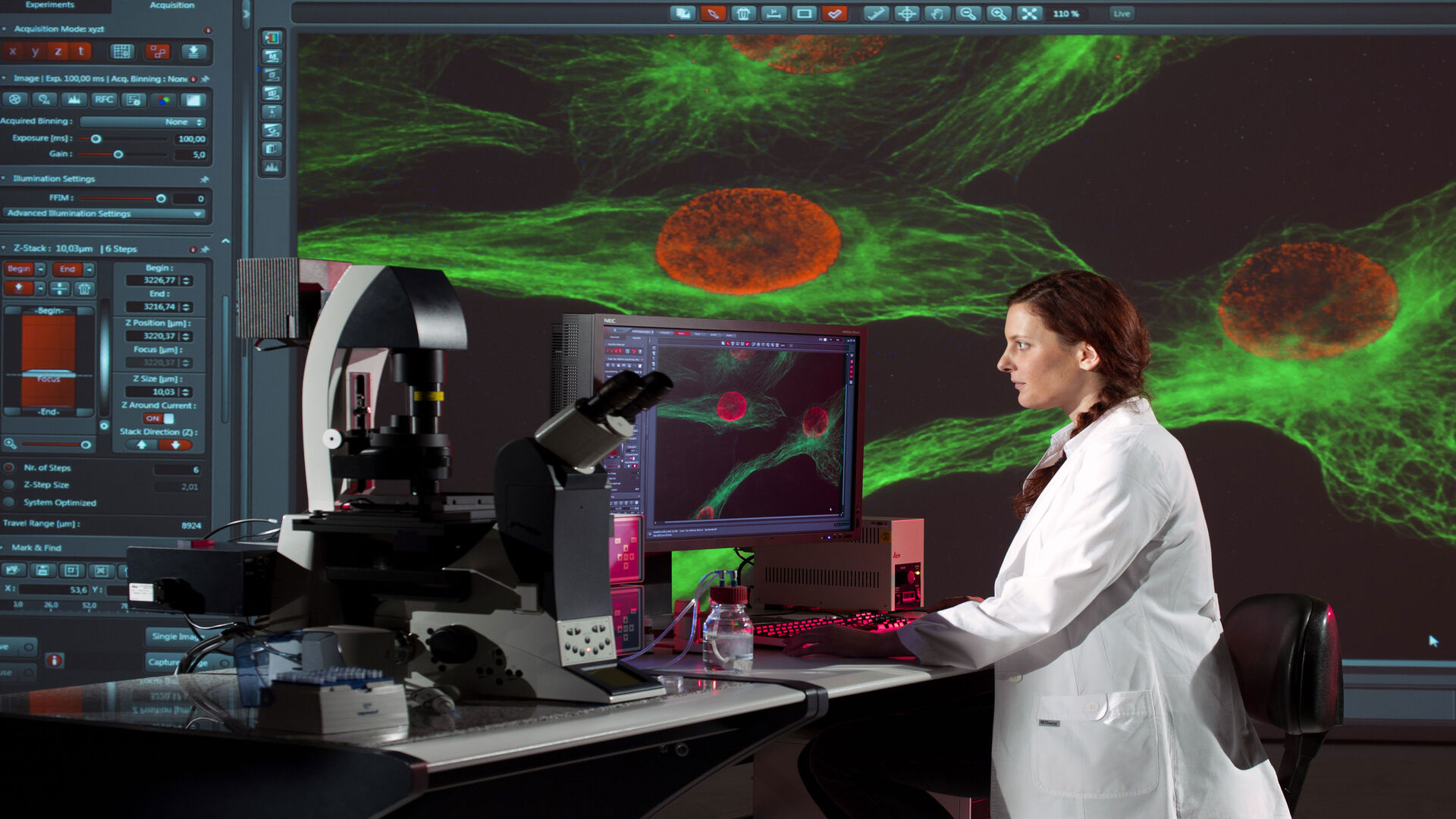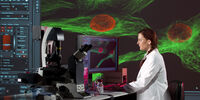Upright Light Microscopes
Upright microscopes for life science research
Get the publication-quality imaging and customizable upright microscope solution you need for your Life Science research with Leica Microsystems. These powerful imaging systems feature constant color, natural light illumination, superior optics, and configurable options to provide high contrast, brilliant images for your cutting-edge biological research.
Upright microscopes for industrial and materials
Get insights into the smallest details and inspect and document results efficiently with industrial and materials upright microscopes from Leica Microsystems. Each solution can be customized with brilliant, cool LED illumination, ergonomic accessories, sophisticated digital cameras and intuitive software to meet a broad range of applications.
Contact a local imaging specialist for expert advice on the right upright microscope for your needs and budget.
DM4 B & DM6 B Upright Microscopes
Rapid results, customized workflows, and deep insights. Optimized for imaging tissue and plant specimens, as well as pathology, these microscopes are designed to accelerate and tailor your workflows.
Follow us on Instagram

